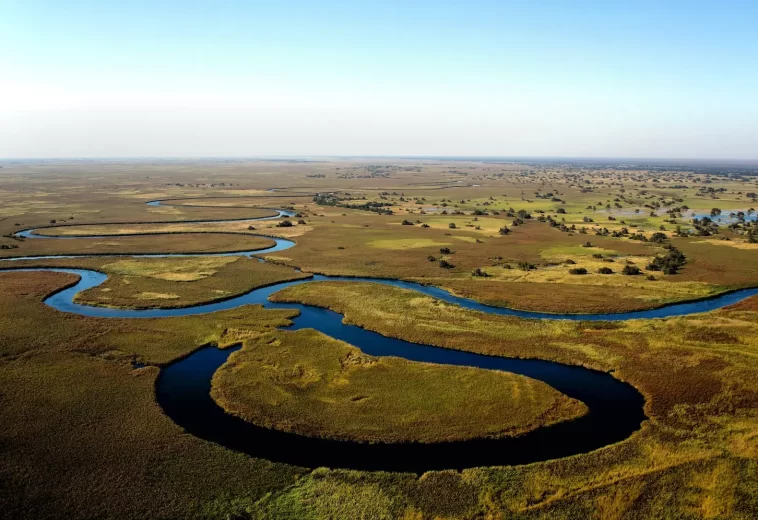When disaster (floods, fires, and building collapse) strikes Nairobi, it often happens swiftly and unpredictably. Each event tests the mettle of the people and the efficiency of emergency response systems. Despite limited resources, the rescue operations have frequently turned potential tragedies into stories of hope and heroism.
At the forefront of these rescue operations are Nairobi’s ordinary citizens frequently stepping up in extraordinary ways as first responders; firefighters, paramedics, and the police. These volunteers, often motivated by sheer compassion, exhibit a profound sense of community. They gather at the first sign of trouble, forming human chains to navigate treacherous waters or digging through rubble with their bare hands, and risking their lives to save stranded families and distribute essential supplies.
Recent incidents in Nairobi have sparked concerns regarding the county’s readiness for disasters. For instance, the devastating floods of 2020, which submerged parts of Kenya, caused widespread displacement and destruction. According to the Kenya Floods Flash Update published in May 2020, more than 233,000 people were affected by the floods.
In the aftermath of disasters, local rescuers continue their efforts by helping with cleanup and rebuilding, often sacrificing their own time and resources. However, with the lack of emergency evacuation procedures and disaster management strategies, communities are not properly equipped with the knowledge to handle emergencies more effectively. In most cases, residents are not well-prepared for various scenarios like fires and earthquakes.
Pius Masai, former deputy director of the National Disaster Management Unit (NDMU), highlighted flaws in disaster response preparedness, prevention, and mitigation at the county level. Meanwhile, the Government of Kenya has launched a comprehensive emergency response, coordinated by the Kenya Disaster Emergency Operations Centre in Nairobi. This center collates data from the 33 affected counties for analysis and decision-making.
The National Public Health Emergency Operations Centre, supported by the World Health Organization (WHO) and other partners like the Kenya Red Cross Society, AMREF, FHI360, and Foundation for Professional Development, is overseeing the health response with approximately 36 staff members.
The recent fire explosion at Mradi in Embakasi East, resulting in fatalities and significant property damage had eyewitness accounts of delays in the arrival of firefighting teams, with some arriving up to an hour late and lacking sufficient water to extinguish the flames. As they left to replenish their water supply, the inferno continued to ravage properties worth millions of shillings. Reports also reveal that the Kenyan fire brigade, despite working with outdated equipment, with their operations supplemented by the Kenya Red Cross, are providing medical assistance and coordinating relief efforts.
This year’s extended rainy season, spanning from March to May as usual, has dealt a severe blow to Kenya. Unexpectedly heavy rainfall has led to widespread flooding since mid-April, affecting over 286,000 individuals as documented by WHO. Approximately 47,000 households have been displaced, and sadly, 238 fatalities have been reported across 37 of the country’s 47 counties. Roads turned into rivers, homes were inundated, and lives were upended, but during this chaos, there were stories of bravery and solidarity.
Medical camps, established with Red Cross support, are providing essential health services to over 4,000 affected individuals. Over 720 WHO-trained first responders are either deployed or on standby for deployment to flooded areas, offering assistance at 192 camps nationwide. More than 120 of Kenya’s public health professionals, trained by WHO, are actively engaged at the national level.
Dr. Abdourahmane Diallo, WHO representative in Kenya, pledges continued support for the health emergency response, emphasizing the need for swift action to prevent disease outbreaks from spreading. WHO has procured essential medical kits, including those for cholera and pneumonia, to treat around 10,000 people in key counties.
READ ALSO: Zimbabwe’s Worsening Food Crisis: A Humanitarian Emergency
While several grassroots organizations in Nairobi have become pillars of support during crises and have been instrumental in setting up emergency shelters and providing critical supplies such as food, water, and blankets to displaced families, President William Ruto has directed residents to relocate from flood-prone areas, including Mathare. In response, authorities began demolishing housing on illegally occupied riverine lands.
The informal settlements, where a large portion of Nairobi’s population resides, are particularly vulnerable due to poor infrastructure and limited access to emergency services. Technology is bridging the gap between those who need help and those who can provide it. While the rescuers and residents might not readily have access to technologies for emergency responses, WhatsApp groups, and Twitter hashtags have been used for communication with the general public and facilitating the sharing of vital information and resources.


